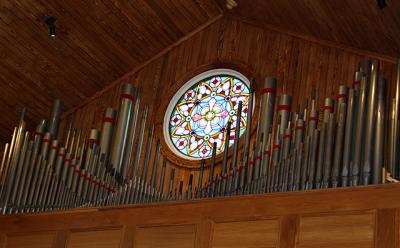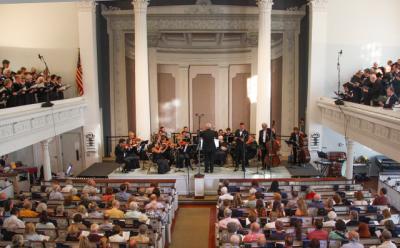Musical Potpourri
Musical Potpourri
This year’s Aviva Players concert will take place at the Montauk Library on Wednesday at 7:30 p.m. The evening will feature Karen Jolicoeur and Hillary Schranze, sopranos, and Mimi Stern Wolfe on piano. The free program will include songs, duets, and solos for voice and piano composed by May Aufderheide, Erwin Schulhoff, Mira J. Spektor, Mozart, and Gilbert and Sullivan.



